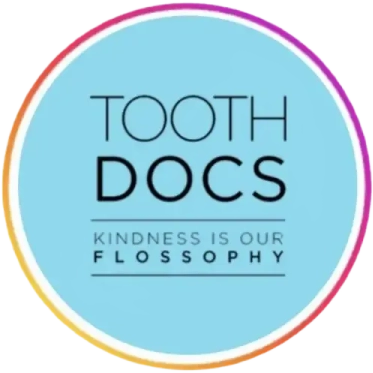Scaling and Root Planing
Gum disease, also known as periodontal disease, is a bacterial infection that affects the gums and surrounding structures of the teeth. It starts with plaque buildup on the teeth, which, if not properly removed through regular brushing and flossing, can lead to inflammation of the gums.
The initial stage of gum disease is called gingivitis. At this stage, you may notice symptoms such as redness, swelling, and bleeding of the gums while brushing or flossing. If left untreated, it can progress to advanced stages known as periodontitis.
Periodontitis is a more severe form of gum disease where the infection spreads below the gum line. This causes pockets to form between the gums and teeth, allowing bacteria to thrive and damage both soft tissues and bone structure supporting your teeth.
If you're experiencing persistent bad breath or loosening of your teeth along with swollen or receding gums, it's important to seek professional dental care immediately for an accurate diagnosis and appropriate treatment plan.

What is Scaling and Root Planing?
Scaling and root planing, also known as deep cleaning, is a non-surgical procedure performed by dentists or dental hygienists to treat gum disease. But what exactly does it entail? Let's dive into the details.
During scaling, the dentist uses special instruments to remove plaque and tartar from both above and below the gumline. This helps eliminate bacteria that can cause inflammation and infection in the gums. It's like giving your teeth a thorough, deep clean!
Root planing, on the other hand, involves smoothing out rough spots on the roots of your teeth. This helps prevent further buildup of plaque and tartar while promoting healing of the gums.
Together, scaling and root planing aim to halt the progression of gum disease by removing harmful bacteria and irritants from beneath your gums. The procedure may be done in one visit or divided into multiple appointments depending on your specific needs.
Scaling and Root Planing Procedure
The scaling and root planing procedure aims to remove plaque and tartar buildup from below the gumline, where regular brushing and flossing cannot reach.
Your dentist will numb the area with a local anesthetic to ensure you are comfortable throughout the process. Then, using special tools called scalers and curettes, they will carefully scrape away plaque and tartar from the tooth surfaces and roots. This helps eliminate bacteria that cause inflammation of the gums.
Next comes root planing. During this step, your dentist smooths out rough spots on the roots of your teeth. Smoothing these surfaces prevents further accumulation of bacteria or debris in the future. The goal is to create a clean surface for your gums to reattach to during healing.
The entire procedure may be completed in one visit or divided into several appointments, depending on the severity of your gum disease. After scaling and root planing, it's important to maintain good oral hygiene practices at home, along with regular dental check-ups.
By undergoing scaling and root planing when recommended by your dentist, you can help prevent further damage caused by gum disease and improve overall oral health for long-term success!

Conclusion
Gum disease is a common oral health issue that affects many people. It can lead to serious complications if left untreated. Scaling and root planing is a highly effective treatment option for managing gum disease and restoring oral health.
Scaling and root planing may be performed in one or multiple sessions depending on the severity of gum disease. Afterward, regular maintenance visits are crucial to maintain optimal oral health.
It's important to remember that prevention is always better than cure when it comes to gum disease. Practicing good oral hygiene habits such as brushing twice a day, flossing daily, and visiting your dentist regularly can help prevent gum disease from occurring in the first place.
If you suspect you have symptoms of gum disease or haven't had a professional cleaning in some time, don't hesitate to schedule an appointment with our dentist today. Early intervention and proper treatment can save you from more extensive procedures down the line.
So go ahead – take that first step towards achieving the smile you've always wanted! To learn more about our dental services, visit us at 1044 Northern Blvd., Suite 106, Roslyn, New York 11576 or call our office at (516) 625-0088.
Locations
630 5th Avenue Suite 1815, New York, New York 10111
Phone: (212) 969-9490
Email: info.nyc@toothdocsdental.com
- MON - FRI9:00 am - 5:00 pm
- SAT9:00 am - 4:00 pm
- SUNClosed
1044 Northern Blvd., Suite 106, Roslyn, New York 11576
Phone: (516) 625-0088
Email: info.roslyn@toothdocsdental.com
- MON9:00 am - 6:00 pm
- TUE9:00 am - 5:00 pm
- WED9:00 am - 6:00 pm
- THU - FRI9:00 am - 5:00 pm
- SAT - SUNClosed








